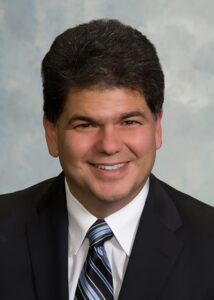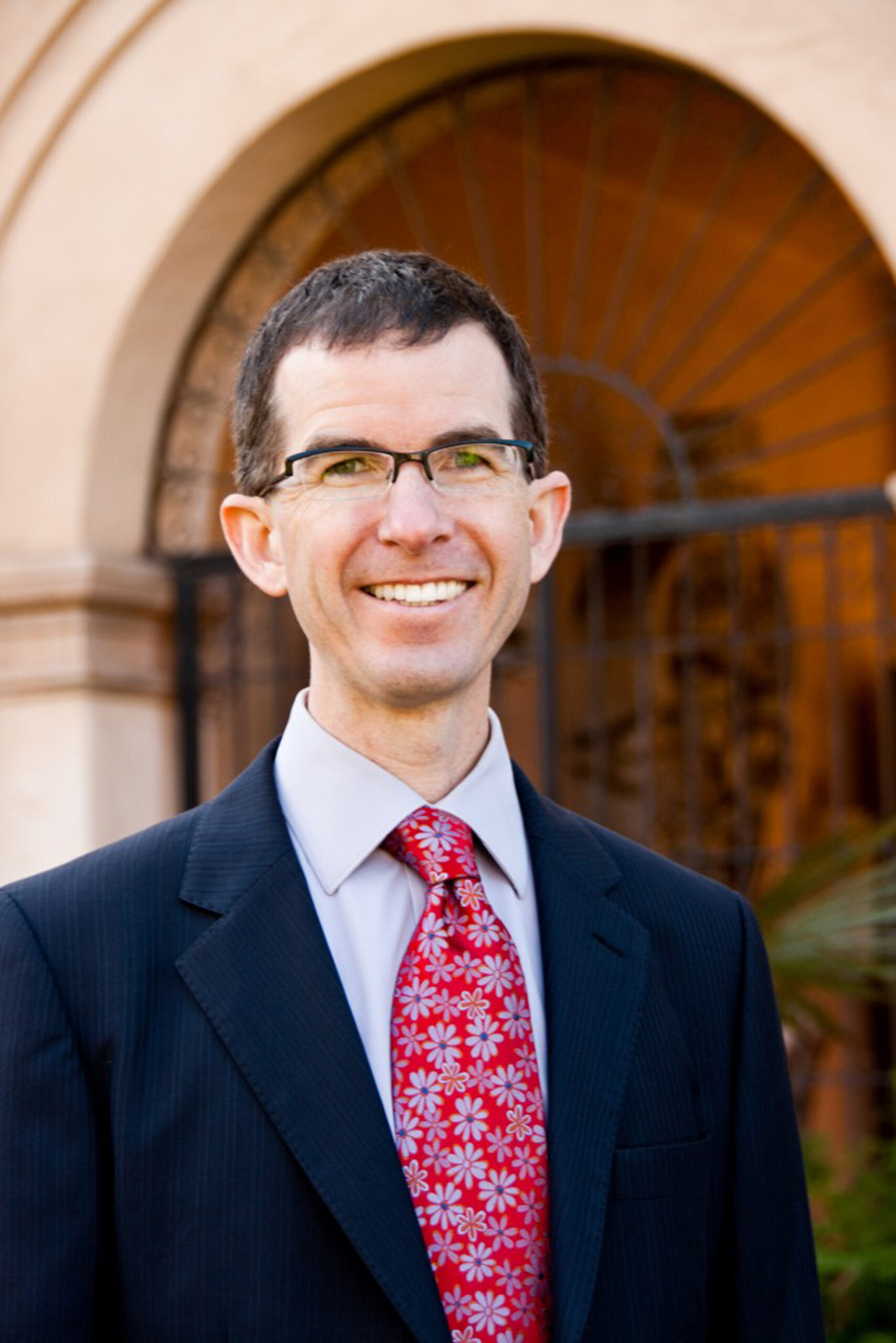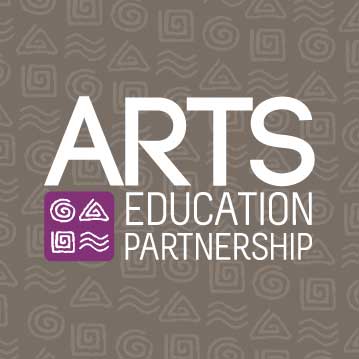This is a guest blog post by Dalouge Smith, President & CEO – San Diego Youth Symphony and Conservatory and Francisco Escobedo, Ed.D., Superintendent – Chula Vista Elementary School District.
Education has transformed over the past several years, motivated by the understanding that today’s students must be prepared to succeed in jobs that don’t yet even exist in our 21st century economy. Educators, policymakers, elected officials and philanthropists increasingly recognize that academic achievement is driven by much more than test preparation. Quantitative factors, such as school day attendance and parent involvement, underpin learning. Qualitatively, school climate, social-emotional wellbeing and love of learning also drive outcomes.
In Chula Vista Elementary School District (CVESD), we’ve found arts education to be an essential contributor to the many outcomes we aim to achieve with students. As a result, every child in CVESD’s K-6 system at all 46 of our schools receives sequential instruction in visual and performing arts subjects throughout the school year.
However, this has not always been the case. For nearly 15 years, CVESD did not provide arts instruction during the school day. And only a few schools offered the arts as stand-alone after school enrichment programs. This began to change in 2010 with the launch of San Diego Youth Symphony and Conservatory’s (SDYS) Community Opus Project. CVESD district and site leaders focused on providing students with a well-rounded education and to be attentive to the positive qualitative indicators of educational success. Opus perfectly complemented this direction and was designed to achieve the qualitative outcomes that drive quantitative improvements in student progress.
The first two Opus schools, both eligible for the federal Title I program, immediately saw benefits. Improved student behavior was changing the classroom learning environment for all students. Parents engaged in their child’s music learning, began volunteering during the school day and appeared before the school board to show their support.
From that point, collaboration accelerated. CVESD invested in SDYS to expand the after-school program to more Title I schools and to pilot in-school music instruction. SDYS introduced CVESD to VH1 Save The Music Foundation which signed on to donate instrument packages. CVESD, with SDYS’ help, created a plan for returning arts education to every child in the district. By 2015, board members and leaders across CVESD were so inspired by the benefits accruing to students in the Community Opus Project that more than 70 certified visual and performing arts teachers were hired in two months. The arts were again part of the school day!
In the years since this investment in arts education, CVESD has experienced amazing results. Parents are overflowing school concert events. Students are performing throughout the community with confidence and excitement. As suggested by the National Association of Music Merchants Foundation (NAMM), a major supporter of Opus, students will also perform at the upcoming Education Commission of the States National Forum on Education Policy. School hallways are filled with colorful art. Along with test scores that outpace peer groups in California and San Diego County, CVESD is seeing students in school more often with a 0.5 percent overall increase in student attendance during the first year of universal access to arts education. Early analysis of site data shows schools that hired a full-time music teacher and received instruments from VH1 Save the Music Foundation experienced even greater improvements.
The partnership between CVESD and SDYS shows that when schools incorporate arts education into the breadth of campus and classroom experiences, not simply as an extracurricular program, the entire learning experience is enhanced for students, families, faculty and staff.
To learn more about the outcomes of the CVESD/SDYS collaboration watch University of California Television’s High Notes: The Case for Music Education. For an overview of the CVESD/SDYS collaboration, watch the National Endowment for the Arts webinar The Restoration of Arts Education. For one Opus student’s perspective, view NAMM’s video The Community Opus Project.
The Community Opus Project is featured as part of the AEP Success Stories Initiative, which will continue to illustrate ways in which the arts are leading the way to student success across the country. Be sure to subscribe to the Arts Ed Digest and follow us on Twitter to learn more about the importance of creating, maintaining and expanding access to arts education for all students.

Francisco Escobedo, Ed.D.

Dalouge Smith





